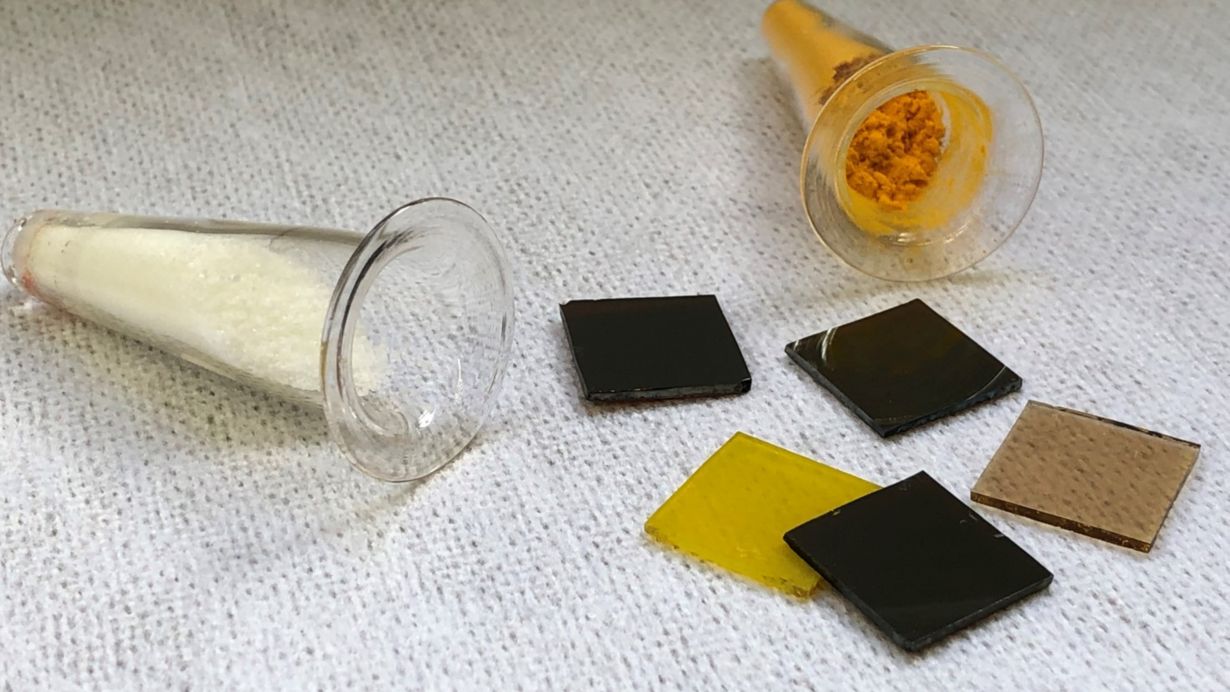Research and industry worldwide work on the commercialization of perovskite photovoltaics. Most research laboratories focus on solvent-based manufacturing processes, because these methods are versatile and easy to use. Established photovoltaic industries, however, almost exclusively apply vacuum processes for the deposition of high-quality thin films. An international consortium led by Karlsruhe Institute of Technology (KIT) and the US Department of Energy’s National Renewable Energy Laboratory (NREL, USA) has now analyzed this critical discrepancy between laboratory and industry. They emphasize that if improved, industrially tested vacuum processes could contribute to the rapid commercialization of perovskite solar cells. The results are reported in Energy & Environmental Science (DOI: 10.1039/d3ee03273f).
Over the past decade, perovskite-silicon tandem solar cells have demonstrated a stunning development. In research, efficiencies of more than 33 percent have been shown, exceeding by far those of conventional silicon-based solar cells. However, yet the technology has not reached the market. One of the major challenges is the unresolved question of which process is best suited for mass production of perovskite solar cells. While solvent-based manufacturing processes are used in laboratories around the world, vacuum vapor-phase deposition processes are still the standard for the production of thin films for photovoltaics or organic light-emitting diodes (OLEDs).
An international consortium of academic and industrial partners led by NREL and KIT has now published a comparative study that reveals major differences in the scientific discussion of these production processes. Tenure-Track Professor Ulrich W. Paetzold from the Institute of Microstructure Technology and Light Technology Institute of KIT explains: "98 percent of all scientific studies in 2022 dealt with solvent-based processes. Vacuum-based processes, on the other hand, have proven themselves in industry for many decades. Although they can decisively advance the commercialization of solar cells, they are heavily underrepresented.”
Solvent-based manufacturing uses inks in which organic and inorganic salts are dissolved in a solvent. These inks can be deposited on the substrate surface using various printing techniques. Vacuum-based manufacturing, on the other hand, uses dry and solvent-free processes. Materials are sublimated in a vacuum under heat supply, i.e. they are converted from a solid to a gaseous state and condense on the substrate surface. It is also possible to combine both processes for the production of perovskite solar cells.
Laboratory efficiency and throughput are not everything in mass production
In their study, the authors analyzed the advantages and disadvantages of both methods. The dominance of solvent-based production in research is mainly due to its ease of use in the laboratory, its good efficiency under laboratory conditions, and its low cost. Scalable roll-to-roll production, as used in newspaper printing, is possible.
Vacuum-based production is associated with slightly higher investment costs. Deposition rates are still lower than those of solvent-based research production. However, the authors present a variety of solutions and conclude that vacuum-based technology is competitive in terms of real parameters such as energy costs, production yield, material costs, decommissioning costs, and recycling costs. The good reproducibility of deposition, the ease of process control, the availability of industrial process equipment, and the easy scalability of deposition from small lab-scale solar cells to application-relevant product areas make vacuum-based production highly attractive for commercialization. "Vacuum-based manufacturing performs better than its reputation," says Tobias Abzieher. The authors were therefore not surprised to find that industry is already very interested in vacuum-based processes for the production of pervoskite solar cells, even though they differ from the method mainly used in research.
To take full advantage of the scaling effects of vacuum-based processes, further improvements are needed, the researchers say. It is important to study the quality of deposition to improve efficiency. In addition, the deposition rate needs to be increased significantly. "Not only is vapor deposition the number one choice of industry when bringing a new thin film product to market, our analysis shows that it can also be cost competitive with solution deposition," adds David Moore of NREL.
Original Publication
Tobias Abzieher, David T. Moore, Marcel Roß, Steve Albrecht, Jared Silvia, Hairen Tan, Quentin Jeangros, Christophe Ballif, Maximilian T. Hoerantner, Beom-Soo Kim, Henk J. Bolink, Paul Pistor, Jan Christoph Goldschmidt, Yu-Hsien Chiang, Samuel D. Stranks, Juliane Borchert, Michael D. McGehee, Monica Morales-Masis, Jay B. Patel, Annalisa Bruno and Ulrich W. Paetzold: Vapor phase deposition of perovskite photovoltaics: short track to commercialization? Energy & Environmental Science, 2024. DOI: 10.1039/d3ee03273f
https://pubs.rsc.org/en/content/articlepdf/2024/ee/d3ee03273f
In close partnership with society, KIT develops solutions for urgent challenges – from climate change, energy transition and sustainable use of natural resources to artificial intelligence, sovereignty and an aging population. As The University in the Helmholtz Association, KIT unites scientific excellence from insight to application-driven research under one roof – and is thus in a unique position to drive this transformation. As a University of Excellence, KIT offers its more than 10,000 employees and 22,800 students outstanding opportunities to shape a sustainable and resilient future. KIT – Science for Impact.

